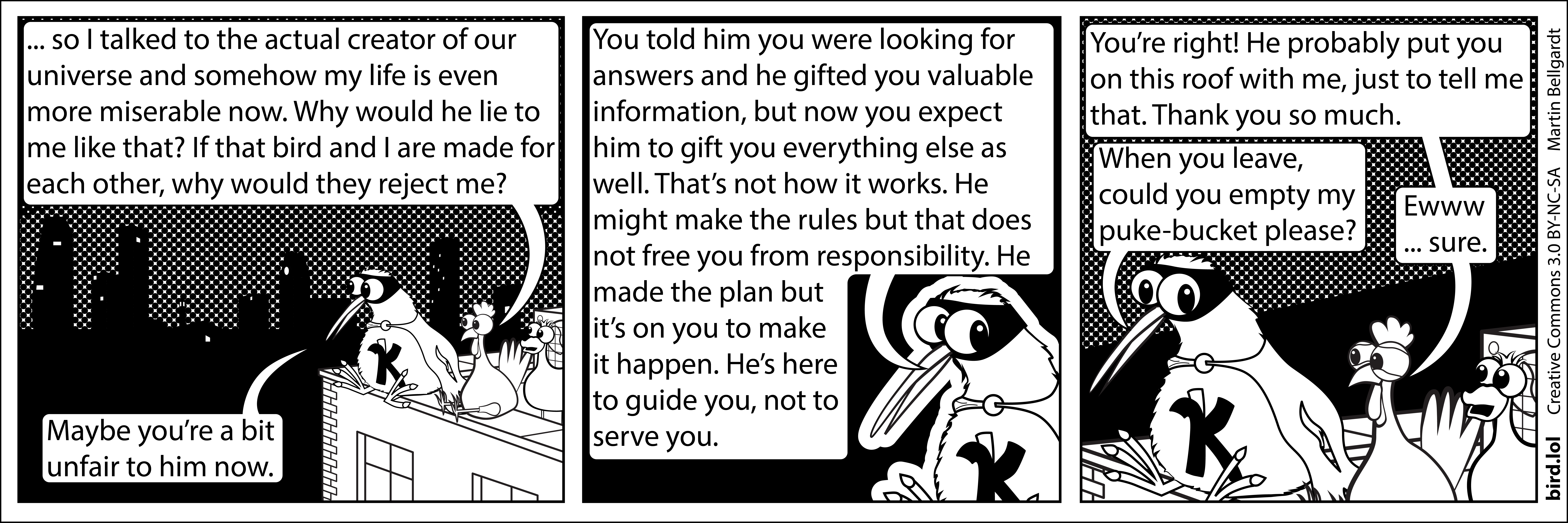Technology has transformed our lives, our culture and our society in ways nobody could have imagined even a few decades ago. Whether it was for better or worse is for you to decide, but you can't deny that there was a significant impact. And there's no sign of stopping as countless tech companies are doing their best to bring technology to even more parts of our lives. But on this mission, they have to face a tough challenge: people hate technology. Not all, of course, but most people don't actually want to interact with technology at all. Luck for them, the technology companies have an answer to that: user experience design that makes the technology disappear.
It's true, most devices and apps are designed in a way that makes the users feel as if they are not interacting with a technical system at all. It's the magic that made Apple so successful as a company, but they are not the only ones doing it anymore by a long shot. It's a trend that has propagated everywhere and is applied to any device or piece of software that is supposed to be used by the general public. Granted, some do it comically badly, but it's what everyone tries to do at least. And I'm not saying this is necessarily a bad thing, because even as someone who is very much into technology, I can't deny that it's nice when things "just work". Still, int his post I want to ask the question: have we gone too far?
And no, this is not going to be the ramblings of a typical nerd who is upset that you can't fix anything anymore and that everything was better in the past™. I fully acknowledge that technology should be accessible and that power users are often only a small minority. I do not want to advocate against slick, simple, user interfaces. I just want to ask: have we maybe gone a bit too simple? Let me explain.
I'm different from most people in that I think technology is beautiful. I've seen the unfathomably complex chain reactions that unfold on a network of copper, glass fiber and silicon that spans the entire globe, every time you hit "send" on that messenger of yours or "play" on that music app. It's crazy how much is going on none of which you are aware of if you don't know. The UI is like a watch face that covers all the springs and gears that make the watch work and all you are seeing is the hands, telling you the time. Sometimes watch makers put little windows into their watch faces to show some of the clockwork and people buy these watches because they can appreciate how beautiful it is. Why can't we do the same with software? It's nice that user interfaces hide the complexity, but if they hide all the complexity, doesn't that make technology feel boring?
Don't get me wrong, I'm not meaning to push a new paradigm here. I don't want the foundations of UI/UX design to change completely. I just wish designers would sometimes consider these little "windows" into the underlying complexity. They can be very respectfully marked as something the user does not need to care about if they don't want to and they absolutely shouldn't get in the way. Just like when you're at a shop or a train station and there's one of these archeological windows that lets you look at some old brickwork. You can just walk past and mind your own business if you want to, but if you're in a particularly meandering mood that day you can just pause for a moment and be amazed about how far human civilization has come.
Remember what I wrote in the beginning about people hating technology? Maybe this is what can change that. If people had the ability to experience just a little bit of what is going on inside their devices, without the need to understand any of it, couldn't that make them more comfortable around technology? If people had even a vague idea of the complexity involved in fulfilling their requests, couldn't that make them more tolerant of errors and waiting times? And if people felt more like they knew what their devices are doing for them, couldn't that make them appreciate them more?
I realize that this has been quite abstract so far, so let me make an example. The Epic Games Store is an application for downloading and running video games. For a long time, instead of a simple progress bar, downloads were visualized as a bar with colored boxes that showed the progress of individual chunks of data. There was no explanation for what the colors meant, but you could sit there and watch the enigmatic patterns that would form, depending on the quality of your network connection. All the other information, like download speed, overall progress, estimated time, etc. were still there. The boxes were just in the background, not hurting anybody but providing that little window into what was going on. I can totally see how it could spark the curiosity of a young person who wonders "what do these boxes mean?" and who then finds themselves reading about chunked data transfer, forgetting about playing the game they were downloading.
Unfortunately, you can't really see it for yourself anymore because the visualization was replaced by a simple progress bar. Probably because some UX designer followed the mantra that anything that is not strictly necessary needs to be removed. For UX designers, beauty lies in simplicity, not complexity. Software is not meant to fascinate people, it's meant to disappear.
Just like any uninspired design disappears into the void.

